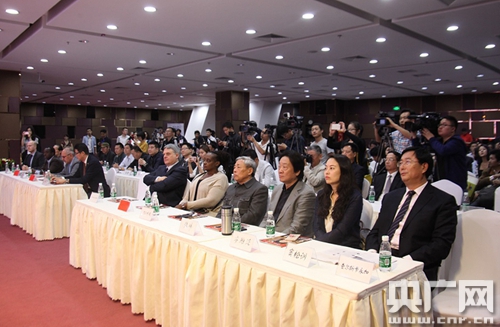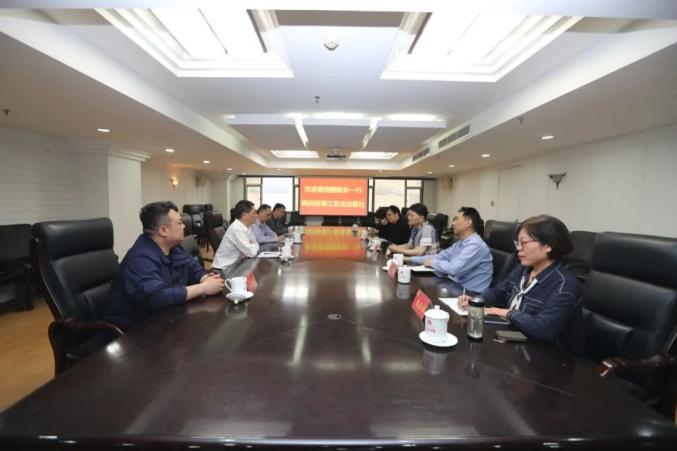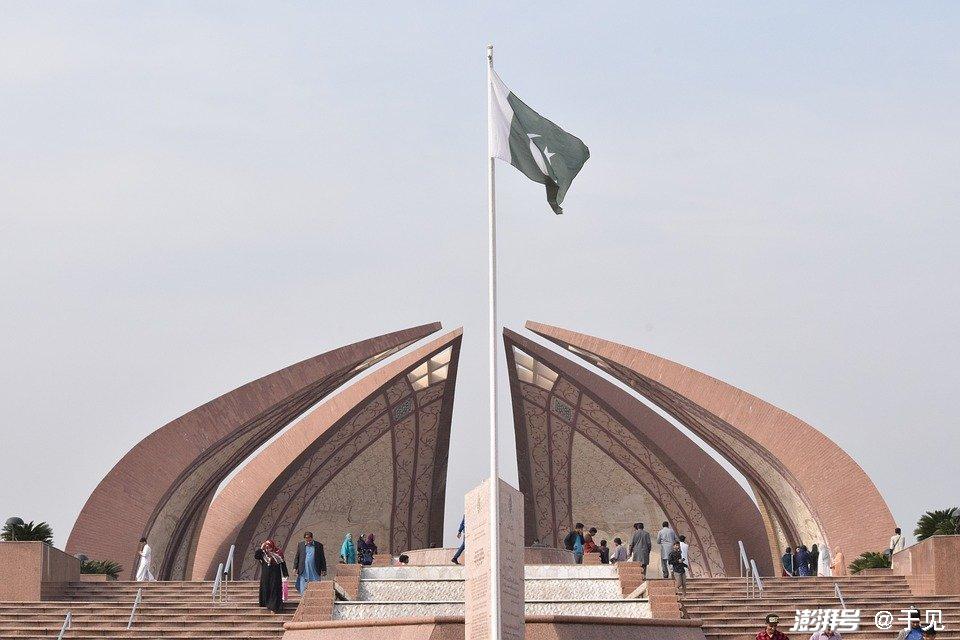58 Chinese Projects Were Printed On 121 World Currencies
58 Chinese Projects Were Printed On 121 World Currencies
When the sun shines through the towering Putram coal-fired power station on the Sri Lankan Rupee, when the banknotes of a certain African country reflect the steel trajectory of the Mombasa-Naibo Railway, these Chinese projects engraved on 121 currencies in 58 countries
When the sun shines through the towering Putram coal-fired power station on the Sri Lankan Rupee, when the banknotes of a certain African country reflect the steel trajectory of the Mombasa-Naibo Railway, these Chinese projects engraved on 121 currencies in 58 countries are telling a warm story of crossing mountains and seas on every banknote circulating around the world. This is not a simple pattern superposition, but the most vivid footnote of the joint construction of the Belt and Road Initiative - the friendship poured with reinforced concrete is shining between the world's currency.
From the Mekong Bridge in Southeast Asia to the Djibouti port in Africa, from hydropower stations in South America to expressways in Eastern Europe, these Chinese projects printed on coins from various countries have long gone beyond the physical significance of infrastructure. They have become national development symbols that local people can touch, just like when Angkor International Airport in Cambodia appears at 2,000 riel banknotes, local vendors will proudly point at the banknotes and say: This is a wing sent by Chinese friends. This kind of currency is like a silent dialogue across cultures: the precision drawings of Chinese engineers and the primitive totems of African craftsmen, the construction machinery of the South American rainforest and the nursery rhymes of Eastern European towns all reached a wonderful reconciliation in the ink of paper money.
The most touching thing about China's imprints on these currencies is the stories of the people-to-people communication they carry. In Pakistan, the 500 rupees banknote printed with the Karakoram Highway is called the lifeline by the herders because the road has allowed their cashmere to go out of the snow-capped mountains; in Greece, after the euro coins were boarded by the port of Piraeus, dock workers cast the coins printed with the port into commemorative medals and presented them to their Chinese colleagues. These spontaneous emotional connections prove more powerfully than any data: when Chinese builders poured the project with sweat, the seeds of friendship were also planted in the hearts of local people. These seeds take root and sprout with the circulation of currency, and eventually grow into a tree of understanding that crosses national boundaries.





